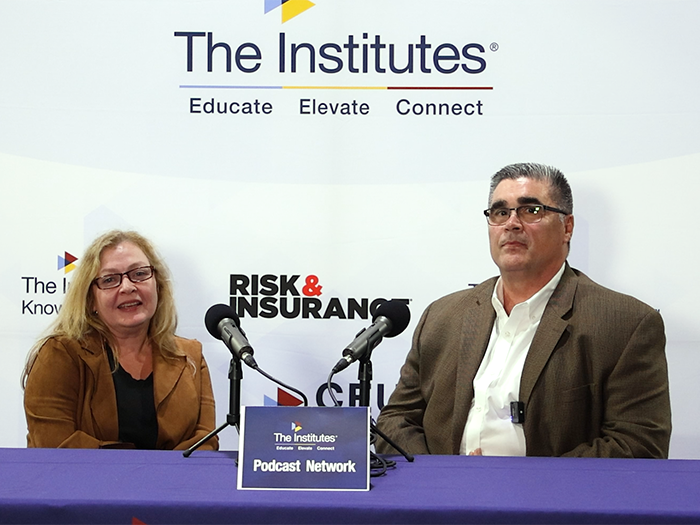Risk Insider: Terri Nichols
Proactive Prevention
As a nation, we have watched the health care landscape change. Not only have we seen dramatic events that have shaped our processes and systems, but the appetite for accompanying risks has shifted as well.
When we think about the transition of thought that occurred as a result of the threat related to Ebola, we have seen health care organizations accepting greater risks on behalf of those they care for, and showing greater effort in mitigating risk to those who serve.
We saw organizations holding practice sessions for putting on and taking off personal protective equipment in order to protect their employees.
We saw coordination of communications with key partners to educate patients and the public about the risk to the community.
And, we saw an exponential increase in resources used to be ready for what came next.
How can we optimize resources used along a continuum to mitigate risk and protect patients, employees and the public?
It is interesting that the risk presented itself in some cases before the magnitude of the impact was imaginable. Whoever thought that a ride on the teacups at Disneyland would warrant a rapid response from the health care community due to the ever-increasing number of Measles infections?
We must ask ourselves then, how do we create a culture where risks are identified earlier, and processes and systems put in place with greater ease? How can we optimize resources used along a continuum to mitigate risk and protect patients, employees and the public?
Of course, you can’t have been in risk management or health care for that matter, without understanding that events or issues are standing at the front door waiting to come in without warning.
However, when we use risk maps or other tools to understand the risks to the organization, we must challenge ourselves to broaden our thinking to include those risks that are on the horizon across the nation and globe.
Why must the risk present itself before we launch good, solid processes to mitigate the impact to our valued team members?
We have the tools, know what the culture should look like, and have amazing partners to begin this broader conversation. Let’s get started!










